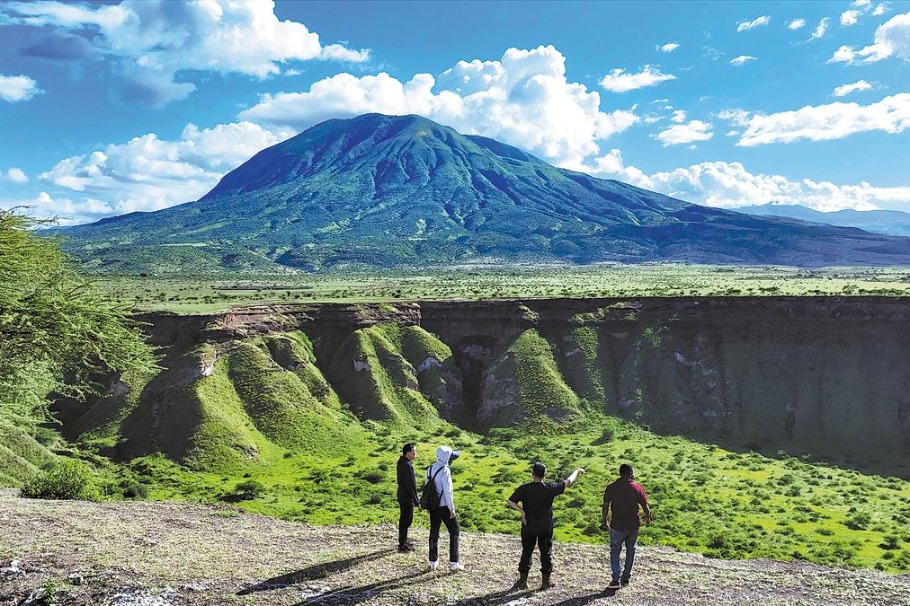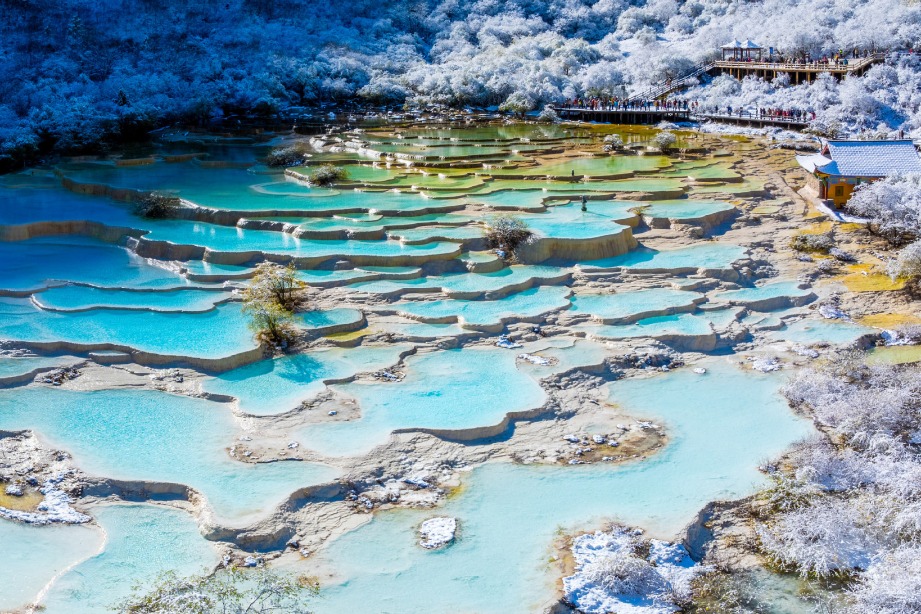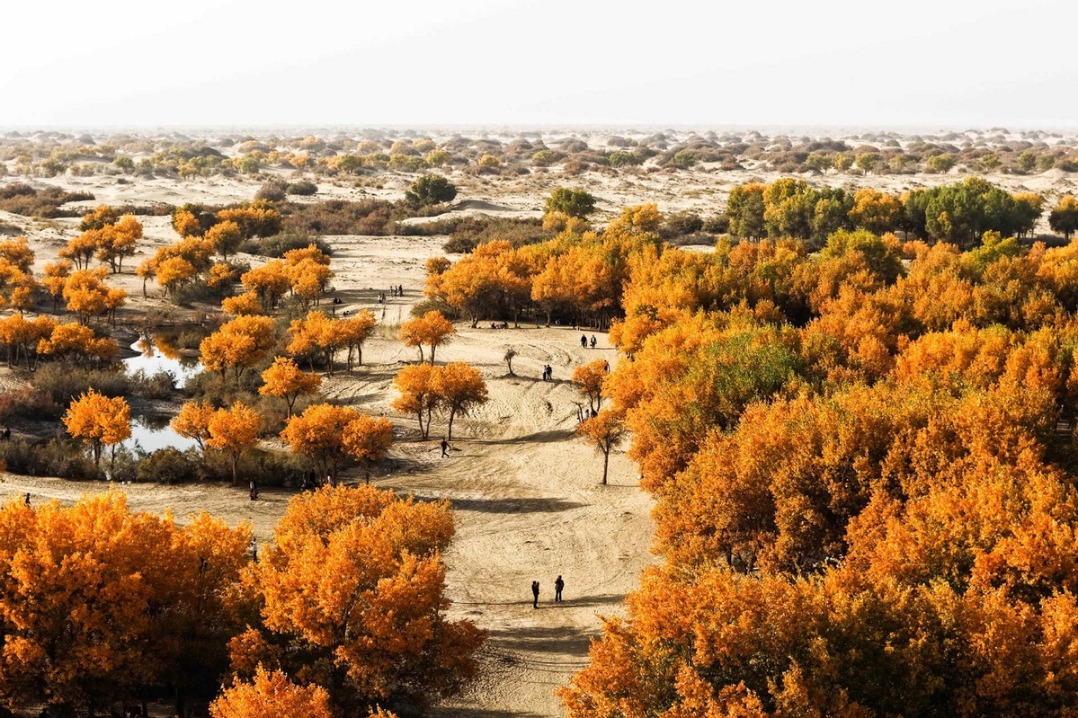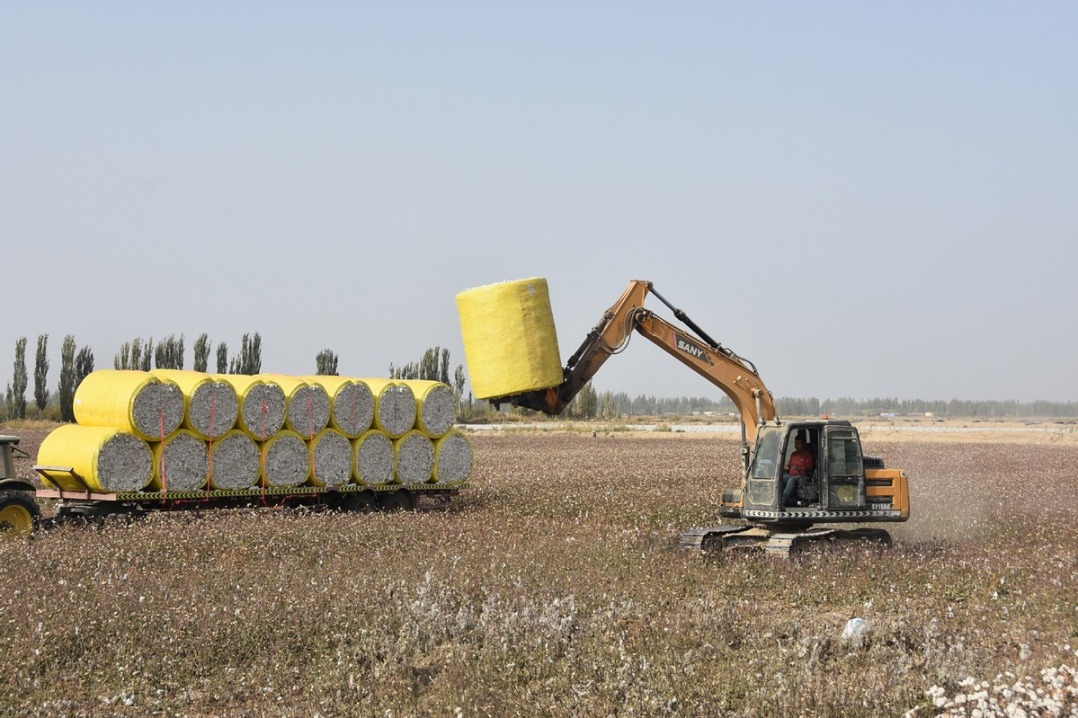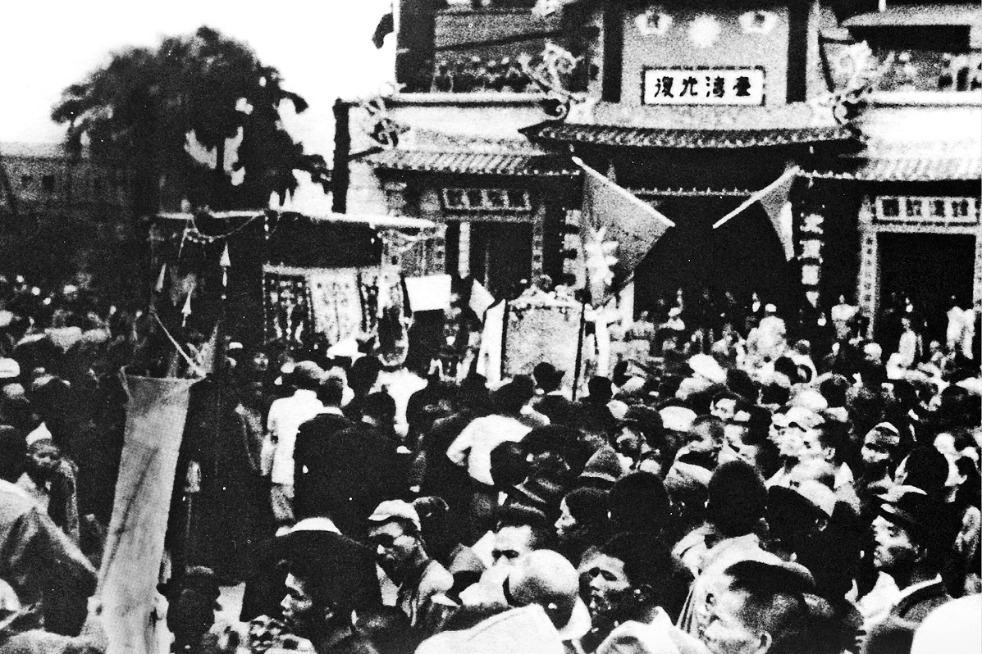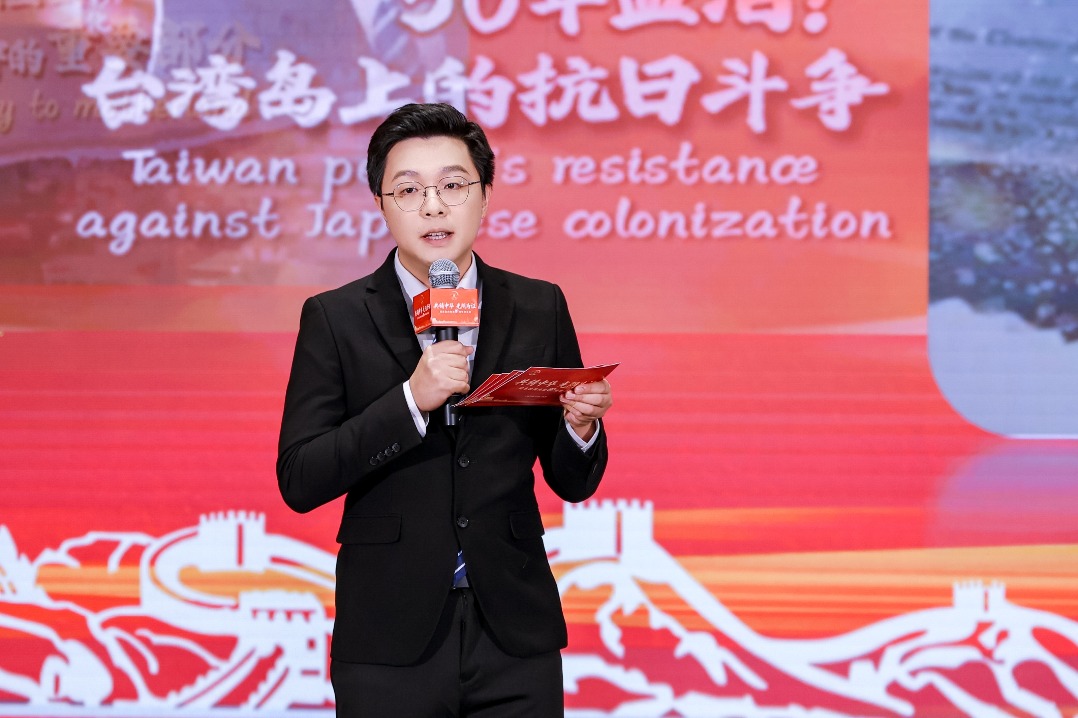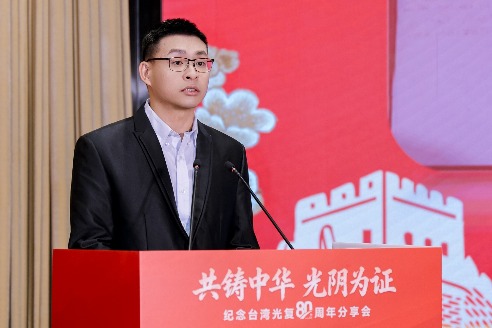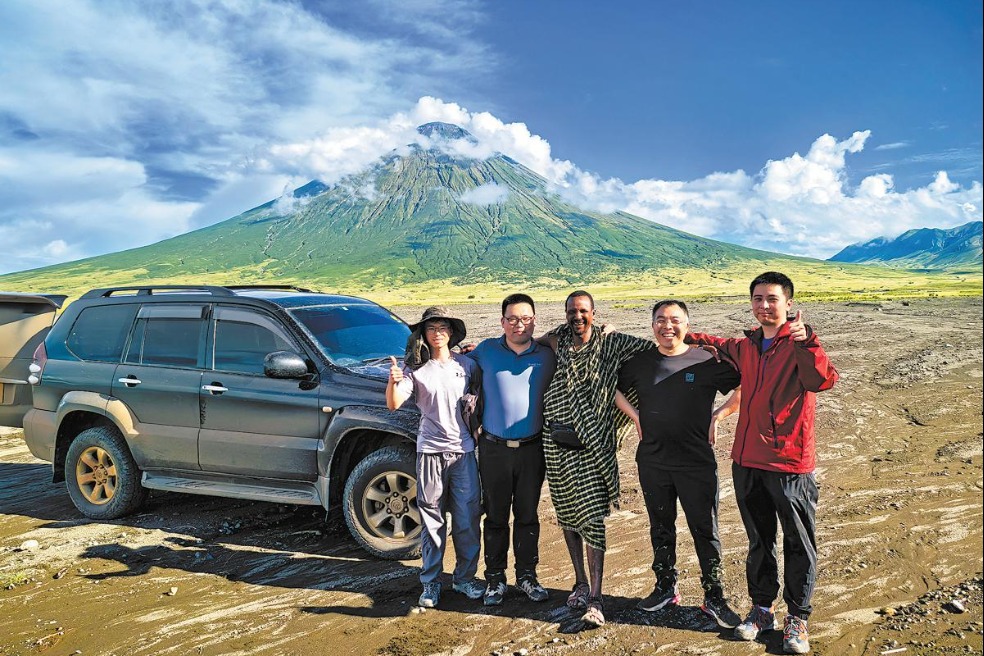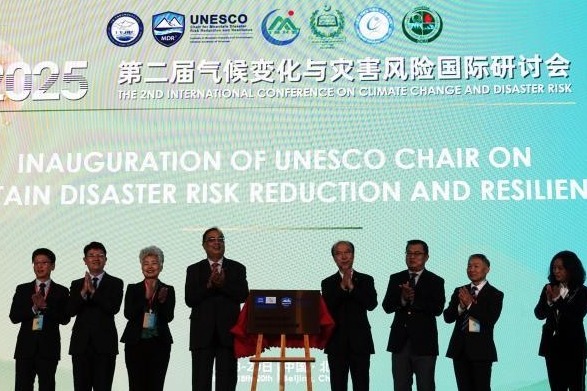Integrated solar model fixes shifting sands

In the heart of the Ulan Buh Desert, where harsh winds once swept sand into the Yellow River, vast fields of solar panels stretch across the horizon. Below them, a grid pattern made of straw anchors the soil, and desert shrubs thrive in the shade.
This "photovoltaic plus desertification control" model in the Inner Mongolia autonomous region's Dengkou county has been key in China's battle against desertification. Over the years, the model has evolved into a sophisticated, integrated approach that marries ecological restoration with economic development.
For Dengkou, a front-line zone in the battle against the spread of the Ulan Buh Desert, it has moved beyond just planting trees and shrubs.
"We're building stable ecosystems that also produce energy, grow crops and sustain livelihoods," said He Wenqiang, deputy head of Dengkou's desertification control bureau.
The county has installed 536,000 kilowatts of photovoltaic capacity integrated with 9,560 hectares of treated desert land.
He said the integrated model creates a productive system with panels generating power above, and their shade helping plants thrive below. Cistanche, also known as desert ginseng and the shrub mostly planted beneath the panels, is a high-value crop that maximizes land use efficiency, turning ecological restoration into economic opportunities.
In Dengkou, over 3,000 local farmers in the sand industry have been involved, increasing their average annual income by more than 5,000 yuan ($700).
Tourism has also grown, with visitors touring solar farms, experiencing cistanche harvesting, or exploring desert landscapes. Last year, Dengkou received 1.5 million tourist visits, generating 550 million yuan in revenue — a 13 percent year-on-year increase.
Under the Three-North Shelterbelt Forest Program, similar integrated photovoltaic projects are planned across northern China, where desertification threatens agriculture and water security.
The newly revised master plan for advancing the shelterbelt program explicitly promotes desertification control with integration of ecospecific industries, aiming to balance ecological protection with high-quality development.
"The Three-North program is not just an ecological initiative but also a livelihood project that enhances well-being," said Zhang Jingbo, office director at the Three-North Shelterbelt Forest Program research institute. "The program leads the people of the regions toward increased incomes and prosperity, promoting comprehensive socioeconomic development and achieving significant ecological, social and economic benefits."
Zhang said that it is essential to further unlock the economic potential of ecological resources while balancing large-scale wind and solar power projects with protecting fragile primary desert ecosystems.
"We must implement the 'photovoltaic plus sand control' model without damaging the original ecological balance, making this a critical focus for strategic and scientific research," he said.

















